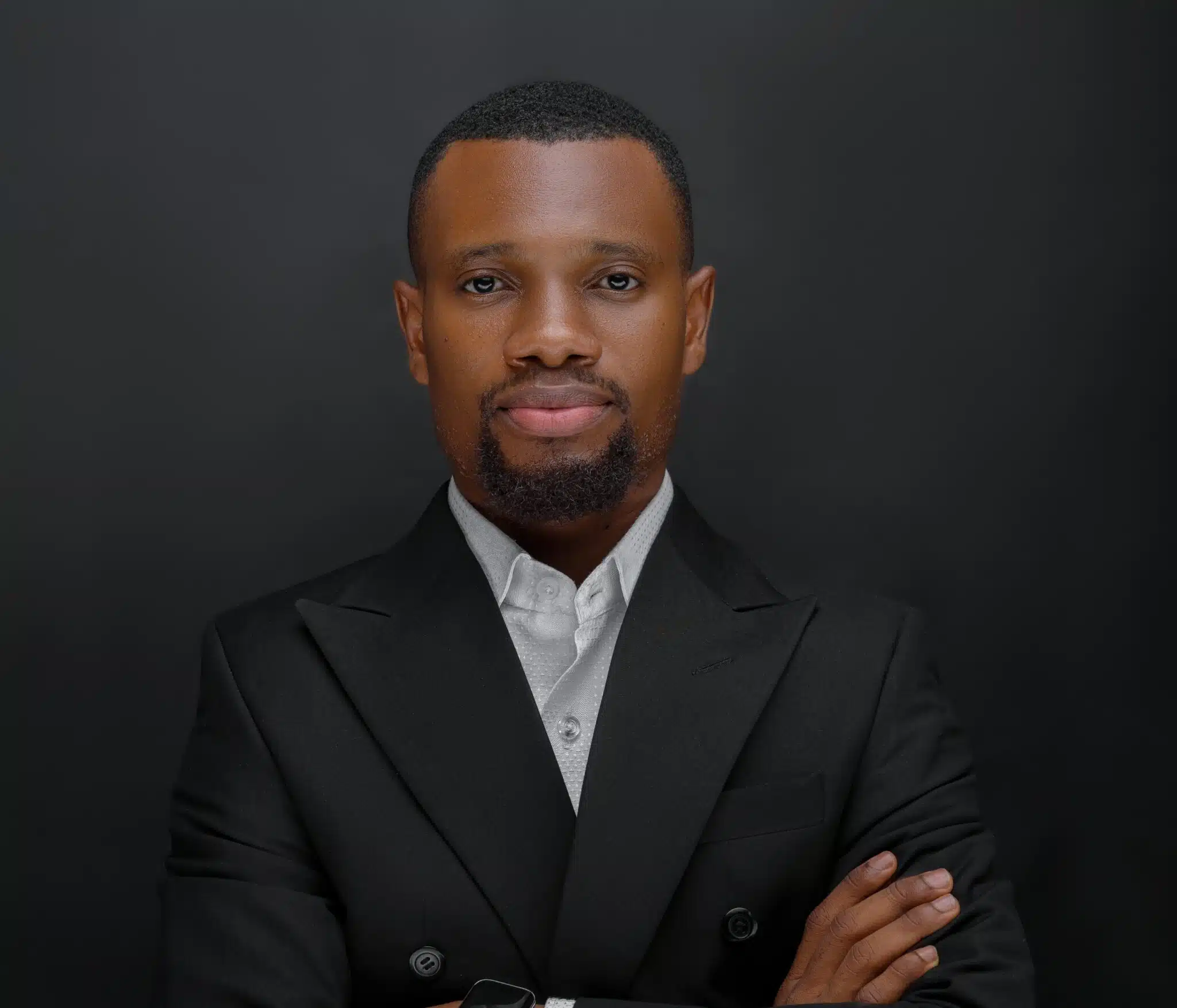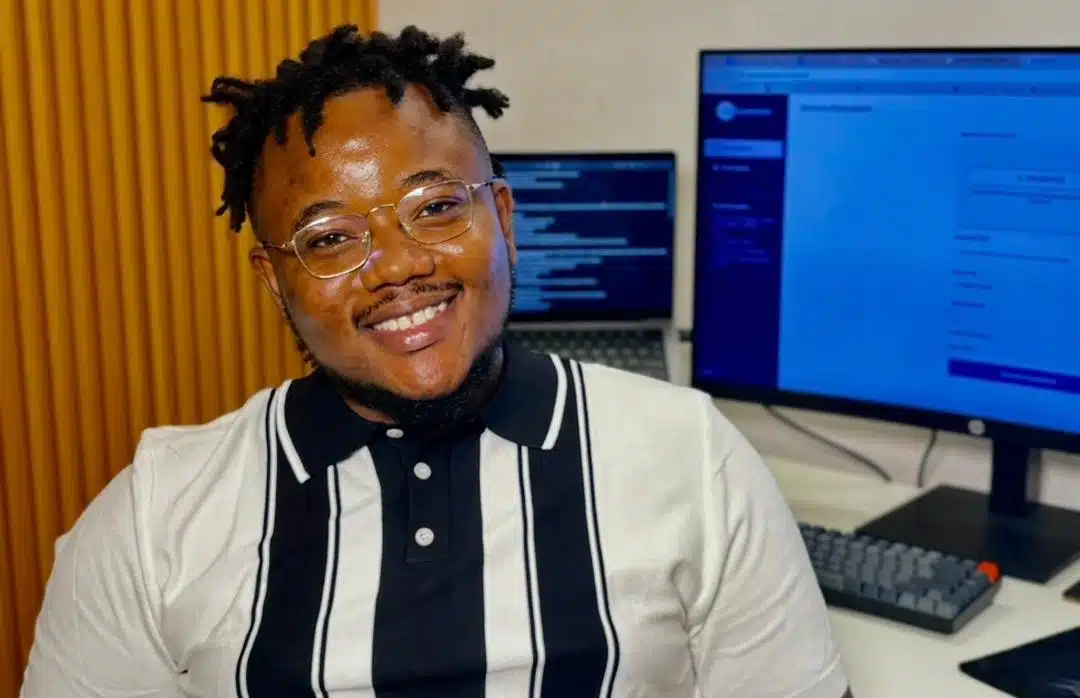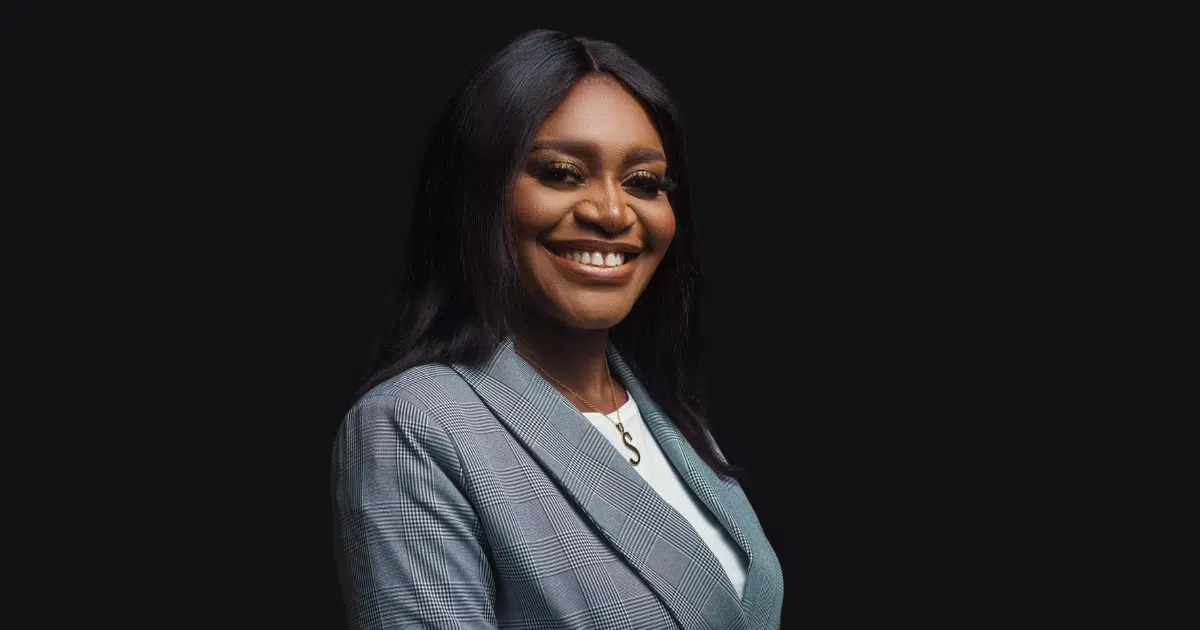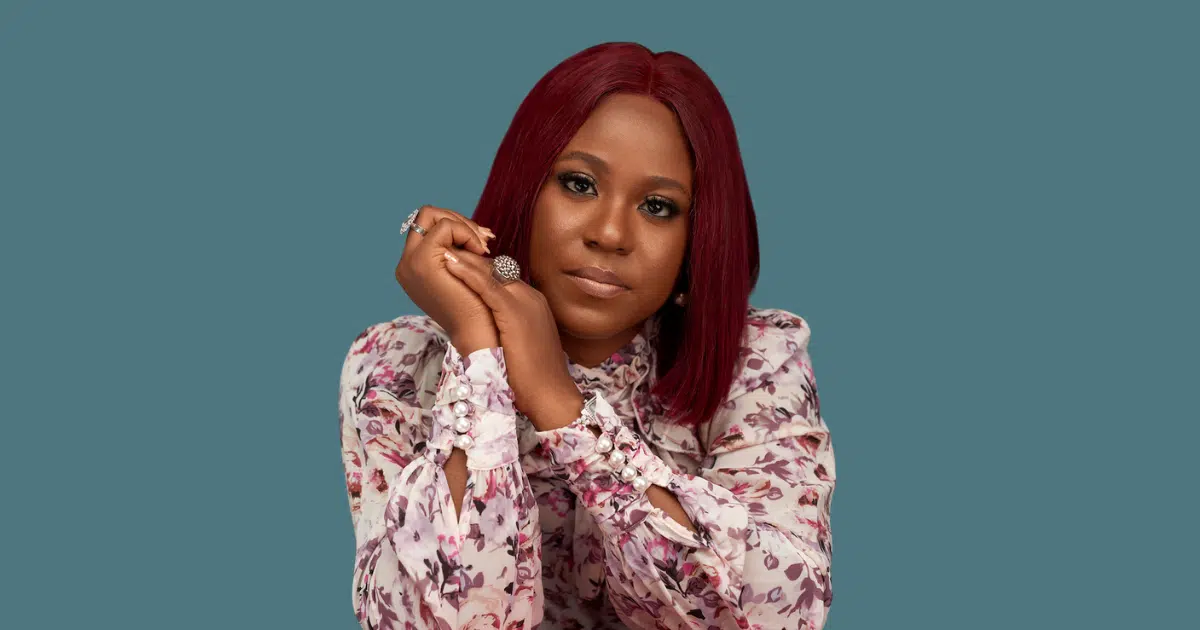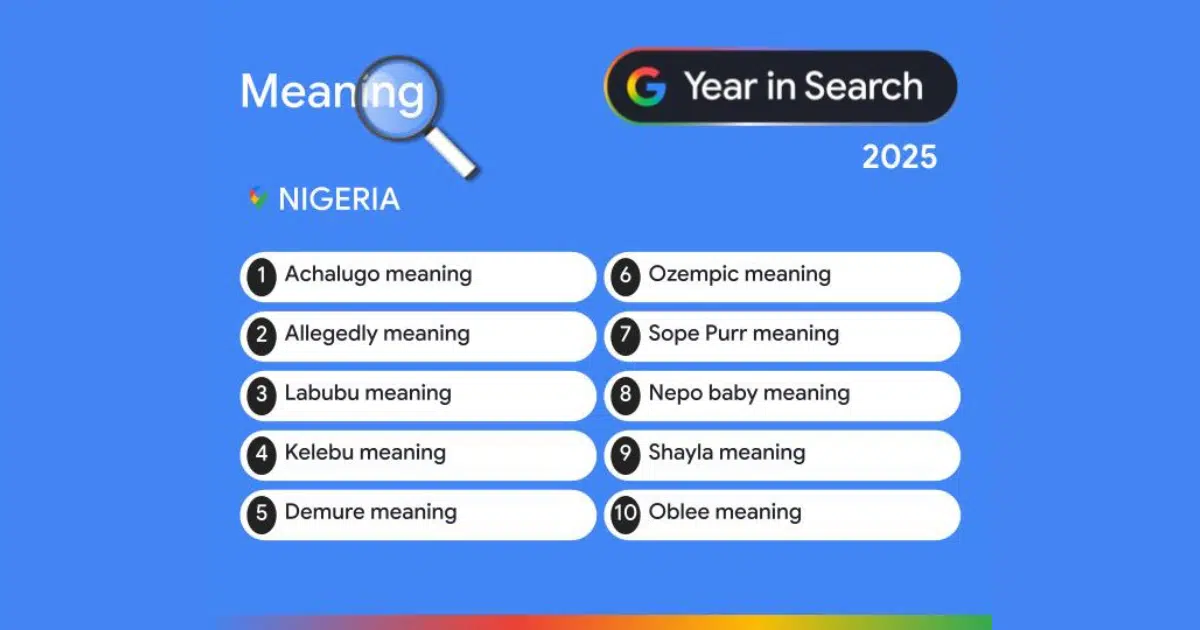Nigerian content creator Dafe Richards went from studying Animal Nutrition to managing social media and digital marketing campaigns. He’s also turned his corporate experiences into relatable content that has garnered hundreds of thousands of views.
In this edition of After Hours, Richards shares stories of his childhood interactions with technology and how his content creation journey and his 9-5 digital marketing job intertwine with digital tools.
Content creation for 9-5ers
While I do content creation, I work professionally in digital marketing. I’ve been in the marketing space since I left university. Interestingly, I didn’t even study marketing in school; I studied Animal Nutrition at the Federal University of Agriculture, Abeokuta. But along the line, I found myself drawn to it.
I worked with a number of influencers at Anakle, which was the first agency I joined. That experience gave me a lot of insight into how influencers think, how they communicate, and how they relate with their audience and brands.
While I was still in university, I wanted to be a content creator. I loved watching creators on YouTube and thought that was something I wanted to do. However, at the time, I didn’t have the necessary tools.
In 2021, a year after I graduated, I got a new phone, and then someone gifted me a tripod and a ring light. That was when I really started creating content. I stopped for a while that year but came back fully in 2025. This time, I found my niche, which was creating content around 9-to-5 work life, corporate culture, and personal growth in the workplace. I noticed no one was really creating content about that in a relatable way, so when I did, it just stuck.
I created one piece of content about KPIs, and it resonated with a lot of people, so I decided to focus on it. Somehow, my professional career and my content creation journey have become intertwined.
My background in marketing and working with influencers gave me an edge in understanding content strategy, audience engagement, and creativity.
Earliest interaction with technology
My first interaction with technology was having a VHS video player at home. As a young child, I was curious about a lot of things.
There was one time we borrowed a cassette from a neighbour who had rented one; you know how neighbours would borrow movies from each other back then. And for those video players, once the power is out, you can’t take out the cassette until there’s light again. So while I was watching, the power went out, and I wanted to force the cassette out. I tried to pull it manually, and something broke inside the video player.
That incident made me so scared of technology for a while. My younger brother was more curious and hands-on with gadgets, but I just stayed away for some time. My curiosity reduced because I thought I would break something again.
Later, my dad got his first mobile phone, and he treated it like an antique. Nobody was allowed to touch it. They stole that phone, by the way.
Anyway, it wasn’t until my mum got hers that I had a chance to actually explore how phones worked. Funny thing is, I became the go-to person to fix basic phone problems at home, even though I didn’t have my own phone at the time. My mum used to ask, “How do you even know these things?” Honestly, I didn’t know; I was just naturally curious.
I think that curiosity just helps a lot of people find their way around technology. It’s not like anybody came with a ChatGPT manual, or like we had an Adam Mosseri to give us weekly updates when Instagram started, but look at us using these platforms like pros.
The first personal tech product that I owned was a palito radio. And then the first platform I accessed was Facebook, and then eBuddy. After that came 2go, which was very popular among young people at the time. I think I even got to the leader level back then.
2go was interesting because you could integrate your Facebook chats, so you could talk to your Facebook friends directly on 2go. That was a pretty innovative feature at the time.
How I use technology daily
My career started as a social media manager at an agency. I managed multiple brands, one of which was a bank, and the task was very demanding.
For example, I had to create different content calendars for Twitter and Facebook every week. That meant developing 14 copies of content weekly, seven for each platform, and each had to align with the brand’s voice. It was intense.
To make things easier, I started looking for ways to work smarter and faster, and that’s how I discovered AI tools like Copy.ai. It helped me generate multiple content ideas and directions from one prompt, and it tweaked the idea so it’s not plagiarised.
Eventually, I upgraded to ChatGPT, and it became even more powerful for brainstorming, writing drafts, and improving my scripts. When I became a full-time content creator, it was a no-brainer for me. I use ChatGPT to expand on my ideas, write drafts, and even mimic my tone and writing style. The more I use it, the more it adapts to my style and voice.
I also use CapCut for editing videos and Canva for designing cover images. Honestly, these tools make my work faster. To be honest, I don’t think I can do without ChatGPT now. I definitely use the platform more than Google.
If I need a quick, direct answer, I go straight to ChatGPT. I only use Google when I want to read long articles or research something in depth. Gemini sometimes works, but that’s not for content creation.
An unusual way I use ChatGPT is that I sometimes treat it like my employee; I feel like I bully it sometimes. I’ll give it prompts, and when it doesn’t get what I want, I’ll correct it like a boss. Sometimes, I intentionally do not type all the prompts at once, just to stress it.
Staying updated with tech and trends
I’m very intentional about being in the loop with trends and new technology. I have reminders on my phone that say things like “Study marketing campaigns” or “Learn something new today.”
If you think about it, our parents when they were younger also had their own form of technology that they used, and they were really savvy at it, and their own parents were lost too. The same thing will happen to us as well. With every new generation, there are better technologies, and the people that meet these technologies are the ones who become savvy with them.
For example, a lot of millennials are not on TikTok because it was a new technology for them, and so they stuck with Facebook and Instagram.
So I like to keep up with tech trends. Sometimes it’s intentional, sometimes it’s not; it just happens, maybe because I follow pages that keep me updated with growing trends. I also subscribe to newsletters like Superhuman, which helps me stay updated on new AI tools and tech trends. Since my work revolves around digital tools, I try to make sure I don’t fall behind.
My biggest challenge when using new technologies is change.
Whenever a new tool comes out, I’m usually sceptical at first. I remember when ChatGPT launched, I didn’t jump on it immediately because I was already using Copy.ai and thought I didn’t need another tool.
It’s not that I can’t learn new things; it’s just that adapting to change takes me a little time. But eventually, when I see the value, I adjust quickly.
Technology and relationships
One of the ways that technology has enabled me in terms of my relationships is how it has made my friendships more intentional. For instance, my friends and I once had a hangout, and we wanted to do a pop quiz. Rather than writing it on a piece of paper, we used an online platform that displayed the quizzes and even the scoreboard in real time.
It’s made communication more fun and engaging, especially when we can’t be together physically. We can connect with online games like iMessage games. Even when sending messages, AI tools can make it sound more emotional, add more context, or even compose things like a birthday wish.
If I could invent one piece of technology that would make my life easier now, it would be a cloning machine. Another Dafe that can sit across from me and write scripts, another that can do something else too. A tech tool that can multiply my brainpower, or ChatGPT premium for free. That would make my life so much easier.
In the next five years, I believe technology will be more focused on video-based AI tools and apps that can automatically create or edit video content with minimal effort. For creatives, this will be a big deal. Before now, editing required advanced tools like Premiere Pro and top editing skills. But today, with apps like CapCut, you can do high-level edits on your phone.
So, I think the future will be about accessibility; that is, more people being able to create amazing things without needing expensive gear or expert skills.

